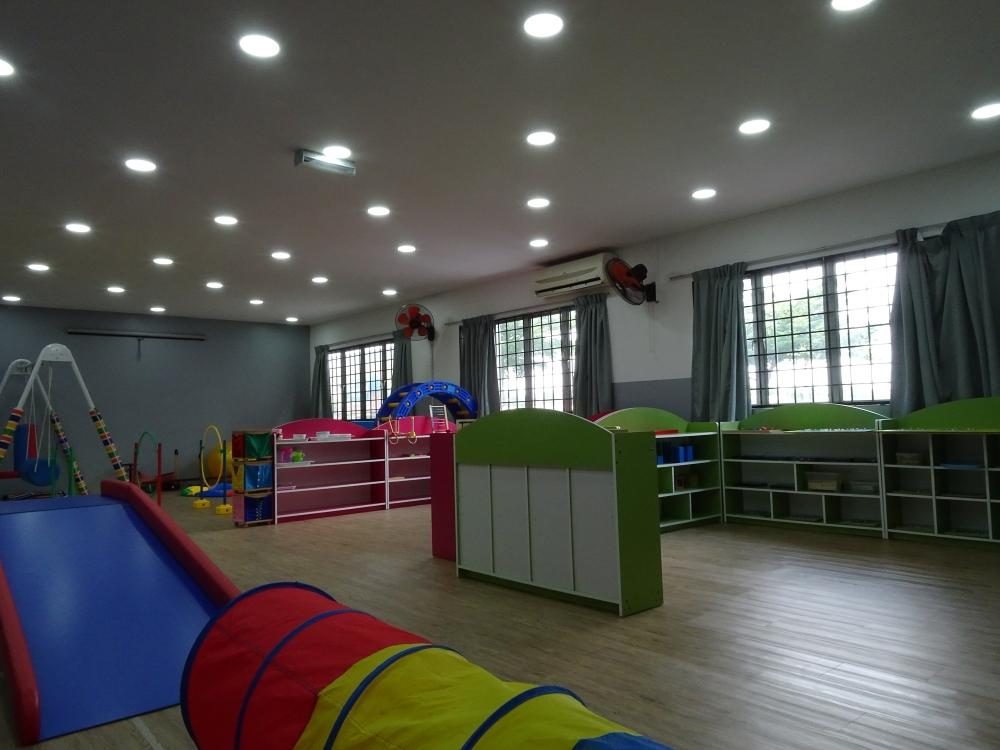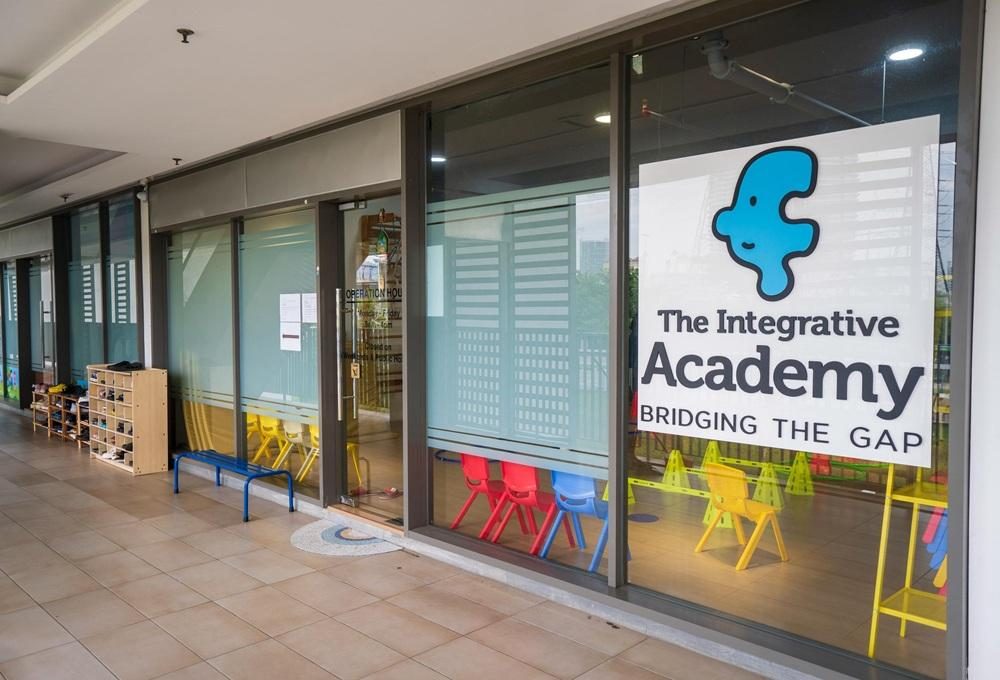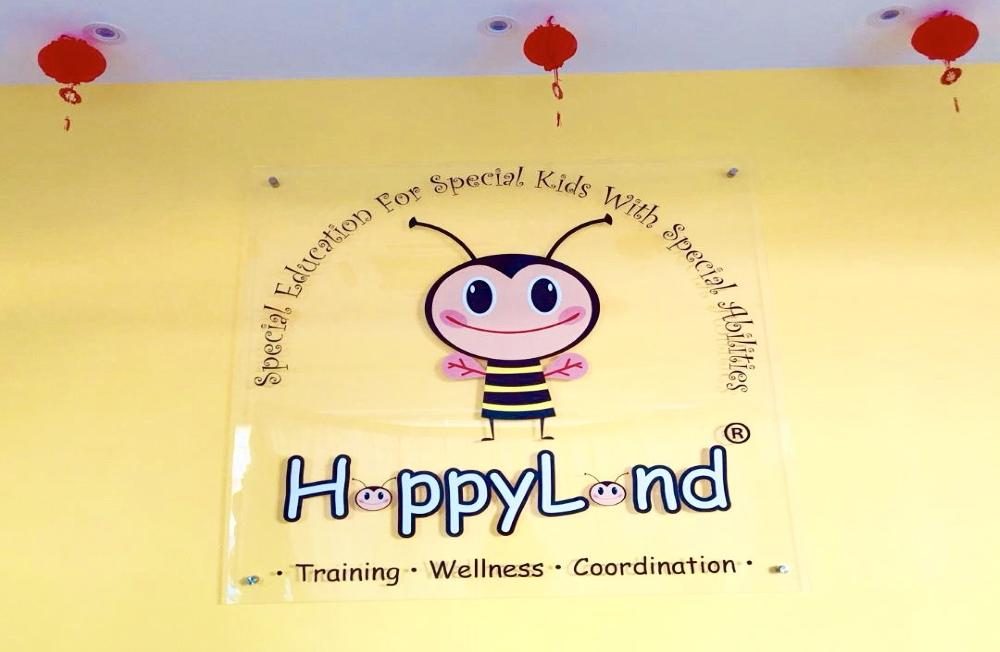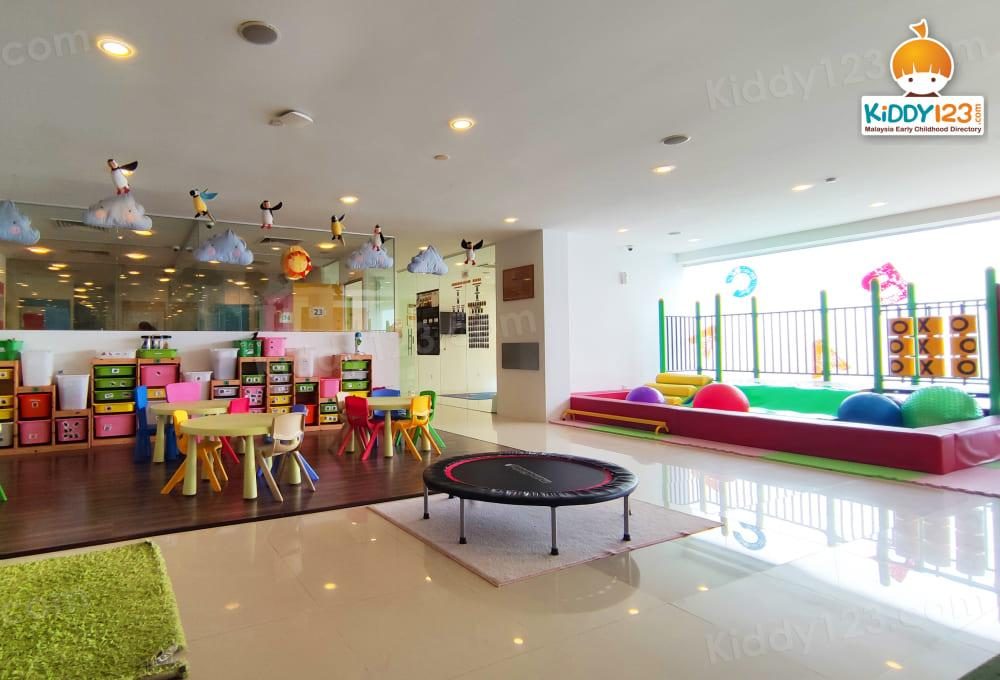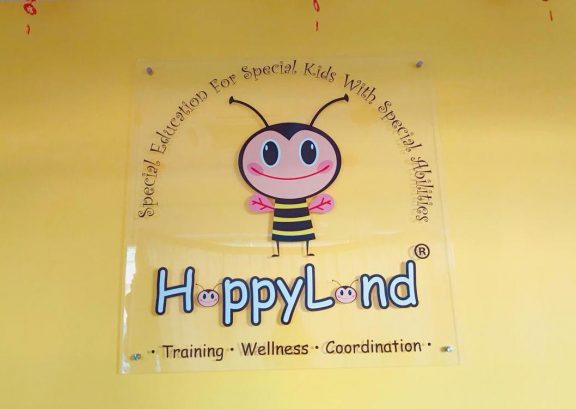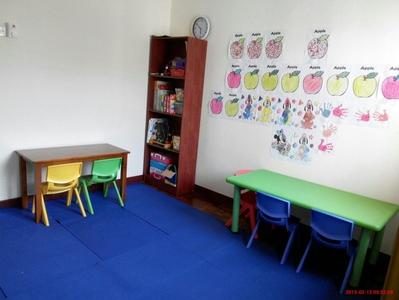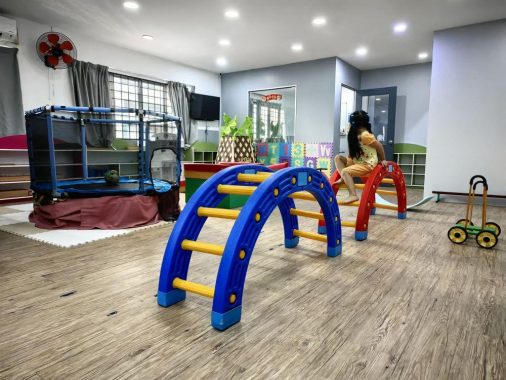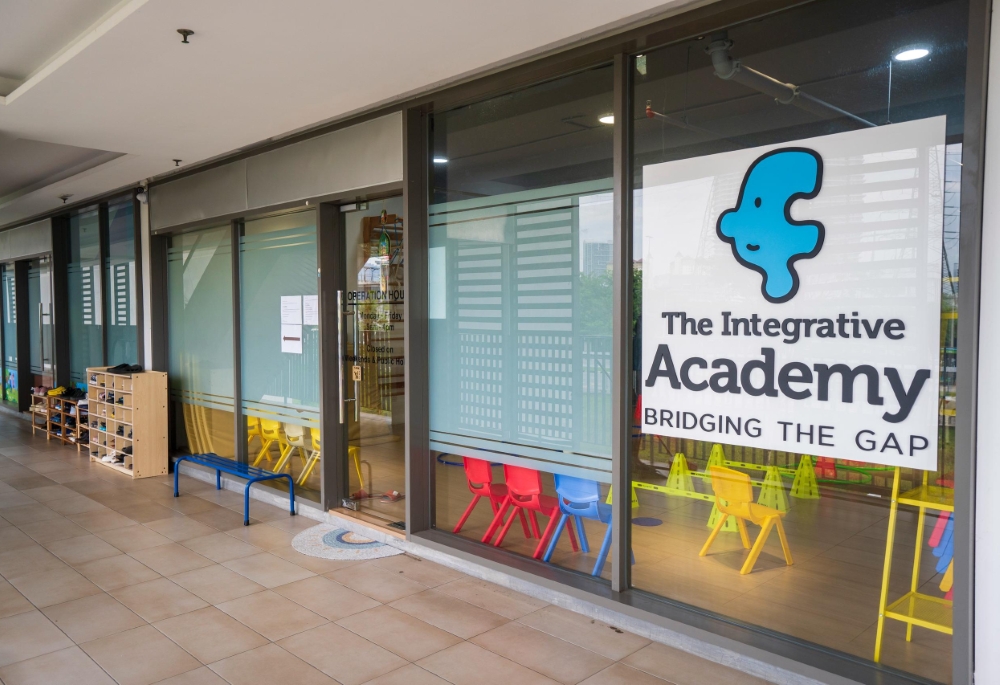Nurturing Children with Autism Spectrum Disorder (ASD): At Home and In School
by on 05/07/2025 ...
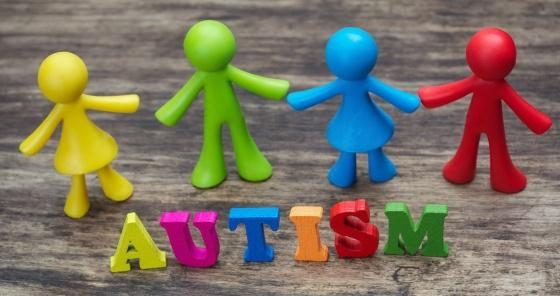
In conjunction with World Autism Awareness Day, here are some pointers for parents and teachers of autistic children by child psychologist Tan Chee Ern.
Children with Autism Spectrum Disorder (ASD) have persistent impairments in social communication and interaction across different settings. Children with ASD also display restricted, repetitive patterns of behaviors, interests or activities.
Impairments in social communication and interaction include deficits in social-emotional reciprocity (for example, failure to have normal back-and-forth conversation), deficits in non-verbal communication (for example, abnormalities in eye contact and body language), and deficits in developing, maintaining, and understanding relationships (for example, difficulties in making friends). Restricted range of behaviors, interests, or activities can present as an adherence to repetitive play activities like lining up or spinning toys, difficulty with change in routine, preoccupation with unusual objects, and hyper- or hypo-reactivity to sensory input.
Here are some suggestions for parents and teachers on how to nurture children with ASD in a home setting and a classroom setting.
At Home
1. Become an expert on your child. Try to use a behavior diary to figure out what triggers your child’s negative behavior and what leads to a positive response. If you understand what affects your child, you will be more able to prevent the situations that cause negative outcomes.
2. Accept your child. Do not compare your child with others and do not focus on how your child is different from others or what your child cannot do. Remember to praise your child for small successes. Your unconditional love will help your child to improve.
3. Be consistent. Find out what your child’s therapists or teachers are doing and continue their techniques at home to encourage your child to transfer what he or she has learnt from one setting to another setting.
4. Follow the daily routine. Set up a schedule for your child and try to stick to the schedule. Children with ASD tend to perform better if they have a highly-structured routine. Explain to your child in advance if there are unavoidable changes in the routine.
5. Figure out the need behind the tantrum. Children with ASD usually act out because their nonverbal cues have been ignored by you. Throwing a tantrum is a way for them to communicate their frustration and attract your attention.
In the Classroom
1. Speak less. Keep your instructions clear, simple, and direct. When giving instructions, tell the child what should be done rather than what should not be done.
2. Get the child’s attention before giving instructions. You can call the child’s name, go close to the child, or use an agreed signal such as snapping fingers or clicking tongue to gain the child’s attention.
3. Avoid using sarcasm. If a child accidentally knocks all your papers on the floor and you say “Well done”, you will be taken literally and the child might repeat the same action.
4. Avoid using idioms. Telling the child “It is raining cats and dogs” instead of “It is raining heavily” will make the child confused.
5. Give fewer choices. Only give the child to choose from two to three options to reduce the confusion.
6. Give very clear choices instead of leave the choices open-ended. It is better to ask the child “Do you want to color or write?” than “What do you want to do?”
7. Give the child time to process the information after an instruction has been given.Try to apply the six-second rule, for example after you have given an instruction, count from one to six in your mind to allow the child to have enough time to understand what you have said.
8. Have consistent classroom rules and routines. Consistency in rules and routines will help the child understand what you expect from him/her and how he/she should behave.
9. Try to use visual clues or symbols when giving instructions or teaching. Children with ASD will be able to learn better when they see things. In your lesson, try to include demonstrations, activities, and pictures as much as possible. Visual timetables can be used to explain what is going to happen and prepare the children for changes in the routine.
10. Teach new skills (social, language, academic) in a variety of settings. Children with ASD have difficulties to transfer a learnt skill in one setting into another setting or to apply the learnt skill in a new way. For example, if you are teaching addition, try to teach the child to add up in different ways such as by using objects, numbers, and finger counting.
11. Remove the child who is throwing a temper tantrum or over-excited to a quiet place. Do not try to console or calm the child. Leave the child alone by giving him or her 10 to 15 minutes to recompose, while you supervise from a distance.
***********

This article is contributed by Ms Tan Chee Ern, Masters in Child Psychology, UCSI, from SI World. The company was established back in 2006 and to-date, they have 11 professional therapy centres nationwide. The company is committed to providing sensory integration therapy, occupational therapy, speech therapy and physiotherapy, which aim to help those with special needs achieve a better development both physically and psychologically. To learn more about the company, visit their website at http://www.siworld.com.my or find out where their branches are here.
Contact: Autism Behavioral Center (ABC), Bangsar, Kuala Lumpur













